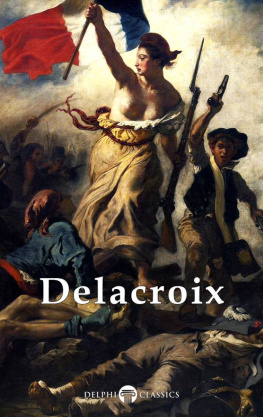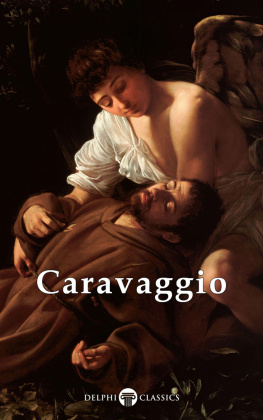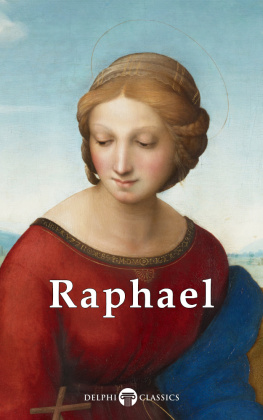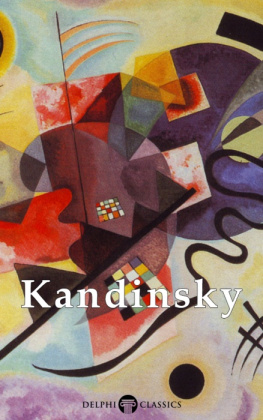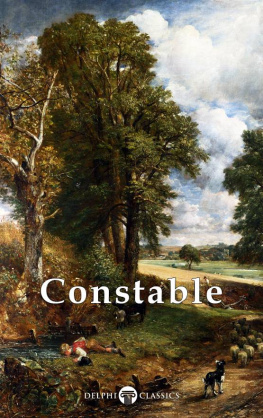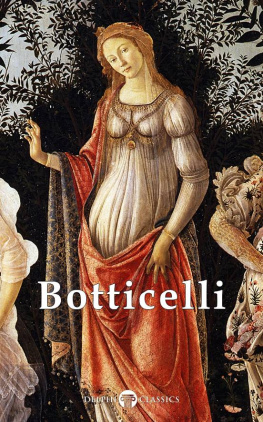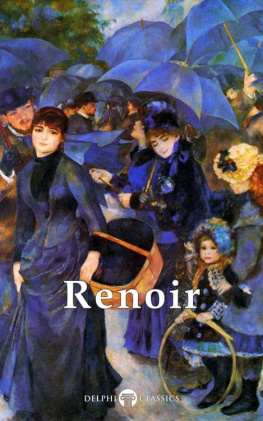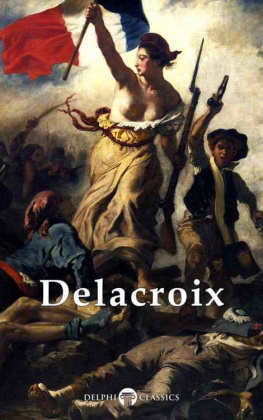

Eugne Delacroix
(1798-1863)

Contents

Delphi Classics 2016
Version 1

Masters of Art Series
Eugne Delacroix

By Delphi Classics, 2016
COPYRIGHT
Masters of Art - Eugne Delacroix
First published in the United Kingdom in 2016 by Delphi Classics.
Delphi Classics, 2016.
All rights reserved. No part of this publication may be reproduced, stored in a retrieval system, or transmitted, in any form or by any means, without the prior permission in writing of the publisher, nor be otherwise circulated in any form other than that in which it is published.
Delphi Classics
is an imprint of
Delphi Publishing Ltd
Hastings, East Sussex
United Kingdom
Contact: sales@delphiclassics.com
www.delphiclassics.com
The Highlights

Eugne Delacroix was born on 26 April 1798 at Charenton-Saint-Maurice in le-de-France, near Paris. His mother was Victoire, daughter of the cabinet-maker Jean-Franois Oeben.

Saint-Maurice today

Charles-Maurice de Talleyrand, the artists supposed father, 1809

Delacroix as a young man
THE HIGHLIGHTS

In this section, a sample of Delacroixs most celebrated works is provided, with concise introductions, special detail reproductions and additional biographical images.
MADEMOISELLE ROSE

Eugne Delacroix was born on 26 April 1798 at Charenton-Saint-Maurice in le-de-France, near Paris. His mother was the daughter of the cabinet-maker Jean-Franois Oeben and it is believed his father, Charles-Franois Delacroix, was infertile at the time of Eugnes conception and that his real father was the great diplomat Charles Maurice de Talleyrand-Prigord, who was a friend of the family and successor of Charles Delacroix as Minister of Foreign Affairs. It was said the artist resembled Talleyrand in both appearance and character. Throughout his career as a painter, Delacroix was protected by Talleyrand, who served successively the Restoration and King Louis-Philippe and worked as ambassador of France in Great Britain. Delacroixs presumed father, Charles Delacroix, died in 1805 and his mother followed in 1814, leaving 16-year-old Eugne an orphan.
Delacroixs early education was at the Lyce Louis-le-Grand, followed by enrolment at the Lyce Pierre Corneille in Rouen, where he steeped himself in the classics and won awards for drawing. In 1815 he began his training with Pierre-Narcisse Gurin in the neoclassical style of Jacques-Louis David. His early works reveal the influence of the more colourful and rich style of the Flemish painter Peter Paul Rubens (15771640) and fellow French artist Thodore Gricault (17911824), whose works introduced him to the themes of Romanticism.
The following plate, Mademoiselle Rose , completed between 18171824 presents a female nude, depicted from the side, seated on a wooden pedestal, half covered with a piece of red material. Her left foot rests on a wooden block, while her head is turned towards the artist and is seen full face, adopting a somewhat awkward studio pose. The sitter has been identified as an artists model, who according to Alfred Robaut, Delacroixs biographer, posed several times for Delacroix and for Richard Parkes Bonington, and who perhaps distributed her favours impartially between the two artists. In a letter to his friend Pierret, usually dated 1820, Delacroix wrote:
I had tried to persuade Felix (Guillemardet) to come and join us tomorrow, but he said that the shortage of money had got the better of Mademoiselle Roses bottom on this occasion.
The sitters timid attitude and anxious expression help to establish a sense of naturalistic simplicity, with no decorative arrangement. Although the canvas already experiments with the variations of light on flesh that were to preoccupy the artist later in his career, the pigment, applied in tentative touches in a granular impasto, has not yet acquired the fluidity which was to owe to the influence of English painting. Delacroix first witnessed this technique at the Salon of 1824, when he saw works by John Constable, including The Hay Wain , inspiring him to make a three month visit to London to study the works of the developing English school of art.


Detail

Detail

Detail

Detail

The Hay Wain by John Constable, 1821, The National Gallery, London
THE BARQUE OF DANTE

Regarded as Delacroixs first major work, The Barque of Dante is based on a scene from the eighth canto of Dantes Inferno . It depicts a leaden, smoky mist, with the blazing City of the Dead forming the backdrop, as the poet Dante makes a perilous crossing of the River Styx, guided by the ancient Roman poet Virgil. The smoke to the rear and the fierce movement of the garment in which the oarsman Phlegyas is wrapped indicate a strong wind, which Dante and Virgil face into. The river is rough and the boat is lifted to the right, a point at which it is twisted towards the viewer. The painting explores psychological contrasts to highlight different responses. Virgil is visibly detached from the tumult surrounding him, but instead uses his right arm to comfort Dante, showing concern for his companions well-being, serving as a counterpoint to the others fear and notable unrest. The choppy waters are filled with the twisted forms of the damned, who in a mindless frenzy seek to overturn or interrupt the voyage. Their pallid skins, contorted forms and demonic faces are undoubtedly the most prominent aspects of the entire canvas.
Next page
